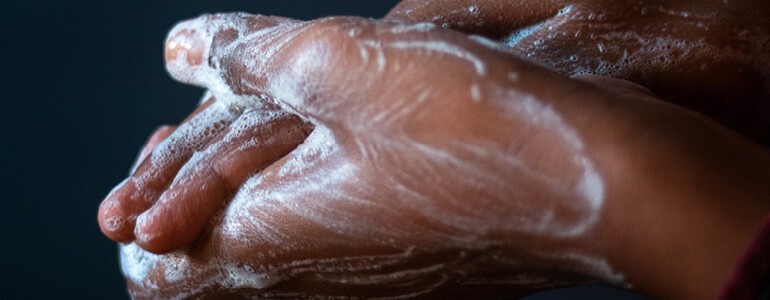The cleanliness of a facility is a major safety issue and is increasingly being linked to health care as more people realize the close relationship between a clean indoor environment and human health.
CLEAN OFFICE SPACES
The stats on germs in personal workspaces reveal that, on average, a desktop harbours 20,961 germs per square inch, a keyboard up to 3,295, and a phone a staggering 25,127. All these are far more than the 127 germs per square inch found on your average toilet seat!
Since most employees spend the majority of their workday in their office space, the opportunity for these germs to negatively impact their health is great. So, too, are the adverse effects sick workers can have on a business.
Try these 2 simple tips to keep office areas safer:
- Disinfect “high touch” surfaces regularly. Doorknobs, desk surfaces, phones and keyboards – these areas and items need extra TLC.
- Choose the right cleaning chemicals. Green options that reduce toxicity are friendlier to the environment and safer for people too.
CLEAN FOOD SPACES
Nearly every business has a lunchroom, break room or other areas where people and food meet. Keeping these areas clean and sanitized tells employees and visitors that their health is a priority, which improves employee morale and increases productivity.
Keep food service areas as safe as possible by:
- Encouraging proper handwashing. The main way foodborne pathogens are spread is through cross-contamination—the transfer of harmful bacteria from one type of food to another. Proper hand hygiene is essential to prevent food-related illnesses.
- Regularly clean and disinfect all food surfaces. These include the cleaning tools like sponges, cloths and cloths as well as the touchpoints like handles, countertops, refrigerators and dirt bins.
- Choose cleaning products suitable for food service. Disinfectants and sanitizers in these areas must be deemed safe for food-area use. Check labels carefully or talk to your Red Alert Cleaning and Hygiene representative for expert advice.
CLEAN AND SAFE FLOORS
Slips and falls aren’t the only hazard floors can pose. Recent research in health care facilities shows that floors that come in contact with wheelchairs, medical equipment, bodily fluids and even staff shoes can be a major source of healthcare-acquired infections (HAIs). These safety concerns translate into real losses for your business through worker absences, lost productivity, more worker compensation claims and higher insurance premiums.
Reduce the risk of these types of accidents:
- Create an Injury and Illness Prevention programme. These are far less expensive than the costs related to workplace injuries.
- Look for nonslip floor finishes that meet or exceed standards. These products can greatly reduce the incidents of slips and trips.
- Choose a disinfectant floor cleaner. These disinfectants are especially good choices for use in health care and settings where floors have a high potential of harbouring dangerous viruses and germs.
CLEAN BATHROOMS
Dirty sinks and counters, unflushed or urine-sprinkled toilets, empty or sloppy soap dispensers, inadequate hand drying options are all safety and health hazards poorly maintained restrooms pose. The detrimental effects these adverse conditions can have on workers over a period of time include long-term health issues, absenteeism, and even depression.
Besides posing major health issues, a dirty bathroom is bad for business.
Here are a few suggestions to ensure clean, healthy facility restrooms.
- Follow proper cleaning procedures including a restroom checklist. Post it where it is clearly visible along with a request to let management know if the restroom needs attention.
- Go touchless. If you haven’t installed them already, consider sensor-based soap dispensers, faucets, and towel dispensers to reduce touchpoints.
- Stock up. Restroom care requires many types of cleaning chemicals—from bowl cleaners to floor cleaners to disinfectants—so have spares on hand.
- Control odours. Choose products that are certified safe with a pleasant aroma that isn’t overpowering for those with fragrance sensitivities.
If you follow the above suggestions in these four key areas, you’ll go a long way toward making your business cleaner, safer and more profitable. Contact us to discuss professional cleaning and hygiene solutions that will help improve your bottom line.

